#Hindu right
Text
In addition to my Monkey Man post from earlier, the always kind & sweet Aparna Verma (author of The Phoenix King, check it out) asked that I do a thread on Hijras, & more of the history around them, South Asia, mythology (because that's my thing), & the positive inclusion of them in Monkey Man which I brought up in my gushing review.
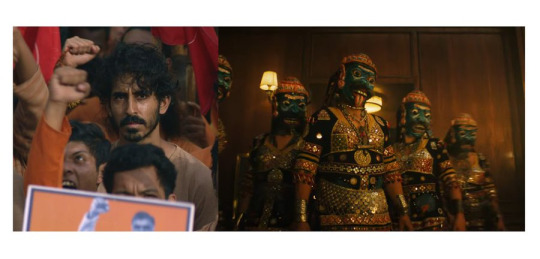
Hijra: They are the transgender, eunuch, or intersex people in India who are officially recognized as the third sex throughout most countries in the Indian subcontinent. The trans community and history in India goes back a long way as being documented and officially recognized - far back as 12th century under the Delhi Sultanate in government records, and further back in our stories in Hinduism. The word itself is a Hindi word that's been roughly translated into English as "eunuch" commonly but it's not exactly accurate.
Hijras have been considered the third sex back in our ancient stories, and by 2014 got official recognition to identify as the third gender (neither male or female) legally. Pakistan, Nepal, Bangladesh, and India have accepted: eunuch, trans, intersex people & granted them the proper identification options on passports and other government official documents.
But let's get into some of the history surrounding the Hijra community (which for the longest time has been nomadic, and a part of India's long, rich, and sometimes, sadly, troubled history of nomadic tribes/people who have suffered a lot over the ages. Hijras and intersex people are mentioned as far back as in the Kama Sutra, as well as in the early writings of Manu Smriti in the 1st century CE (Common Era), specifically said that a third sex can exist if possessing equal male and female seed.
This concept of balancing male/female energies, seed, and halves is seen in two places in South Asian mythos/culture and connected to the Hijra history.
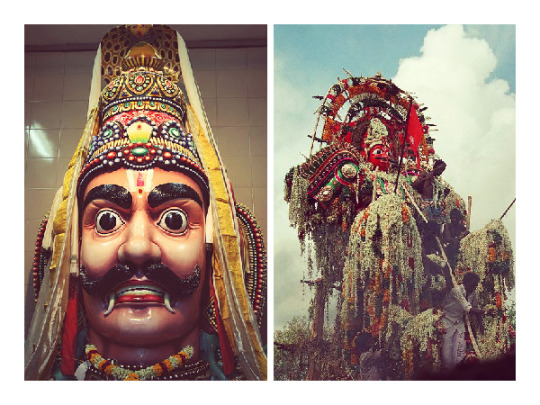
First, we have Aravan/Iravan (romanized) - who is also the patron deity of the transgender community. He is most commonly seen as a minor/village deity and is depicted in the Indian epic Mahabharata. Aravan is portrayed as having a heroic in the story and his self-sacrifice to the goddess Kali earns him a boon.

He requests to be married before his death. But because he is doomed to die so shortly after marriage, no one wants to marry him.
No one except Krishna, who adopts his female form Mohini (one of the legendary temptresses in mythology I've written about before) and marries him. It is through this union of male, and male presenting as female in the female form of Mohini that the seed of the Hijras is said to begun, and why the transgender community often worships Aravan and, another name for the community is Aravani - of/from Aravan.
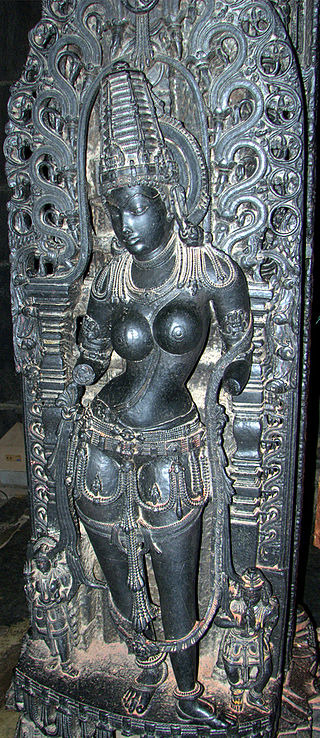
But that's not the only place where a gender non conforming divine representation can be seen. Ardhanarishvara is the half female form of lord Shiva, the destroyer god.
Shiva combines with his consort Parvarti and creates a form that represents the balancing/union between male/female energies and physically as a perfectly split down the middle half-male half-female being. This duality in nature has long been part of South Asian culture, spiritual and philosophical beliefs, and it must be noted the sexuality/gender has often been displayed as fluid in South Asian epics and the stories. It's nothing new.

Many celestial or cosmic level beings have expressed this, and defied modern western limiting beliefs on the ideas of these themes/possibilities/forms of existence.
Ardhanarishvara signifies "totality that lies beyond duality", "bi-unity of male and female in God" and "the bisexuality and therefore the non-duality" of the Supreme Being.
Back to the Hijra community.
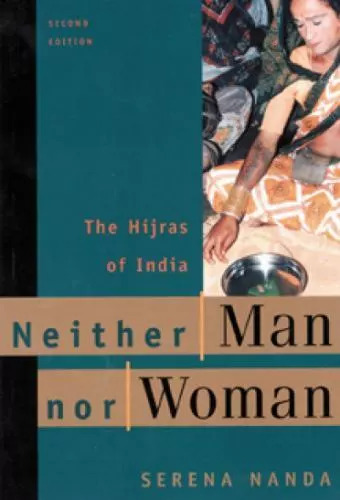
They have a complex and long history. Throughout time, and as commented on in the movie, Monkey Man, the Hijra community has faced ostracization, but also been incorporated into mainstream society there. During the time of the Dehli Sultanate and then later the Mughal Empire, Hijras actually served in the military and as military commanders in some records, they were also servants for wealthy households, manual laborers, political guardians, and it was seen as wise to put women under the protection of Hijras -- they often specifically served as the bodyguards and overseers of harems. A princess might be appointed a Hijra warrior to guard her.

But by the time of British colonialism, anti-Hijra laws began to come in place folded into laws against the many nomadic tribes of India (also shown in part in Monkey Man with Kid (portrayed by Dev Patel) and his family, who are possibly
one of those nomadic tribes that participated in early theater - sadly by caste often treated horribly and relegated to only the performing arts to make money (this is a guess based on the village play they were performing as no other details were given about his family).
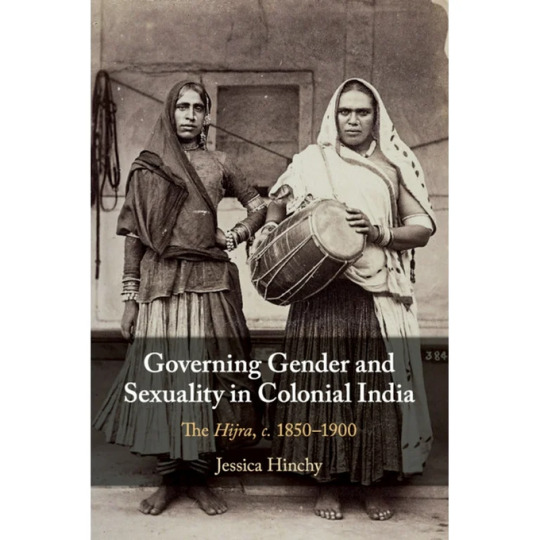
Hijras were criminalized in 1861 by the Indian Penal Code enforced by the British and were labeled specifically as "The Hijra Problem" -- leading to an anti-Hijra campaign across the subcontinent with following laws being enacted: punishing the practices of the Hijra community, and outlawing castration (something many Hijra did to themselves). Though, it should be noted many of the laws were rarely enforced by local Indian officials/officers. But, the British made a point to further the laws against them by later adding the Criminal Tribes Act in 1871, which targeted the Hijra community along with the other nomadic Indian tribes - it subjected them to registration, tracking/monitoring, stripping them of children, and their ability to sequester themselves in their nomadic lifestyle away from the British Colonial Rule.
Today, things have changed and Hijras are being seen once again in a more positive light (though not always and this is something Monkey Man balances by what's happened to the community in a few scenes, and the heroic return/scene with Dev and his warriors). All-hijra communities exist and sort of mirror the western concept of "found families" where they are safe haven/welcoming place trans folks and those identifying as intersex.
These communities also have their own secret language known as Hijra Farsi, which is loosely based on Hindi, but consists of a unique vocabulary of at least 1,000 words.
As noted above, in 2014, the trans community received more legal rights.
Specifically: In April 2014, Justice K. S. Radhakrishnan declared transgender to be the third gender in Indian law in National Legal Services Authority v. Union of India.
Hijras, Eunuchs, apart from binary gender, be treated as "third gender" for the purpose of safeguarding their rights under Part III of our Constitution and the laws made by the Parliament and the State Legislature. Transgender persons' right to decide their self-identified gender is also upheld and the Centre and State Governments are directed to grant legal recognition of their gender identity such as male, female or as third gender.
I've included some screenshots of (some, not all, and certainly not the only/definitive reads) books people can check out about SOME of the history. Not all again. This goes back ages and even our celestial beings/creatures have/do display gender non conforming ways.
There are also films that touch on Hijra history and life. But in regards to Monkey Man, which is what started this thread particularly and being asked to comment - it is a film that positively portrayed India's third sex and normalized it in its depiction. Kid the protagonist encounters a found family of Hijras at one point in the story (no spoilers for plot) and his interactions/acceptance, living with them is just normal. There's no explaining, justifying, anything to/for the audience. It simply is. And, it's a beautiful arc of the story of Kid finding himself in their care/company.
#hijra#trans representation#monkey man#dev patel#transgender#trans rights#trans rights are human rights#third sex#indian history#indian culture#colonialism#imperialism#south Asian mythos#South Asian myths#Aravan#Iravan#Mahabharata#hindu mythology#hindu gods#kali goddess#krishna#hindu mythology art#Ardhanarishvara#Shiva#Parvarti#sexuality#gender fluid#fluid sexuality#trans community#transgender rights
605 notes
·
View notes
Text
Indigenous folks, ex-christians & anyone who's knowledgeable on social issues, I have two questions that have bothered me for a long while and I believe y'all might know how to answer them.
The question: I read a webcomic about community A living on an island along with another community B with different culture & beliefs from them. Community A believes that their culture & religion are the correct ones and that members of community B are dooming themselves to eternal damnation (in a religious sense) if they don't adopt the beliefs & practices of community A.
I saw someone talking about the comic in its comment section, saying that one of the characters who's a member of community B is selfish for not adopting the burial practices from community A's religion, because according to that someone, not burying their loved one like community A believes is correct is " potentially dooming their loved one to eternal damnation".
If you're indigenous, has rhetoric / talking points like this been used against your own religious / cultural practices? Could you give any concrete examples?
If you have religious trauma / are ex christian of any kind, have people used talking points like this to guilt trip, to frighten, or to shame you into obeying religious rules? (People belonging to other religions than christianity are welcome to give their perspectives as well!)
#ex religious#indigenous#indigenous rights#indigenous people#native american#ex hindu#indigenous culture#indigenous resistance#indigeneity#ex christian#ex catholic#exmo#exvangelical#ex baptist#exmormon#tw religion#indigenous history#indigenous pride#first nations#religious trauma#deconstruction#spiritual abuse#religious abuse#social justice#colonialism#colonization#ex jw#ex jehovah's witness#xtianity#religious bigotry
132 notes
·
View notes
Text
instagram
This isn’t the normal subject on my blog, but this topic hurts my heart.
As a Jewish woman, our history is filled with rape, abduction, and forced conversion, and so is that of Hindu girls.
Both of these tragedies are still happening to Jewish women and girls, and Hindu women and girls.
But they leftist who claim themselves as the up holders of human rights won’t talk about this because it’s not popular.
May HaShem help this young girl. 
#do not watch the video if you can not handle crying#tw: rape#jumblr#hindu jewish solidarity#jewish hindu solidarity#✡️🕉️#hindublr#force conversion#Instagram#pakistani hindus#palestine#why aren’t you all talking about this if you care for human rights so much
111 notes
·
View notes
Text
"INDIA IS NOT CASTEIST ANYMORE BECAUSE OUR PRIME MINISTER AND PRESIDENT ARE NOT UPPER CASTE!"
So sick of constantly seeing this take. The USA had a black president for 8 years. Did that make racism magically vanish from the country? Just shut the fuck up
#india#casteism#desiblr#desi tag#desi tumblr#desi#desi stuff#original post#not incorrect quotes#caste violence#dalit#dalit rights#hindublr#hindu#hinduism
182 notes
·
View notes
Text
WTF IS GOING ON IN BANGLADESH????
I saw hindus being hanged upside down in the middle of the street??? Hindus are being kidnapped, raped or killed in broad daylight???
There's an islamist revolution and they are burning all the hindus temples. They are breaking, looting and destroying homes.
Bangladesh hindus are experiencing now what should've happen to israel if not for the idf and iron dome
Tw: disturbing content


Here's a hindu man being tortured and hanged off a statue with yells of "allahu akbar" as the islamists beat him


A person got burned alive! (those are his legs i saw the video, horrible)

Hinduse being hanged

Burned houses(its only one i am limited with the amount of images i can upload)


#all eyes on bangladesh#Hindu genocide#bangladesh#All eyes on Bangladesh hindus#islamists#islamic terrorism#jumbler#Free hindus from islamic terrorism#israel#palestine#ישראבלר#spread awareness#Human rights#Where's the west#Speak up
77 notes
·
View notes
Text
A family court in Indore, Madhya Pradesh has directed a woman to return to her husband's home with immediate effect and principal judge NP Singh observed that wearing the ritualistic 'sindoor' (vermillion) was the duty of a (Hindu) woman as it demonstrates that she is married, and refusing to wear it is "kind of cruelty".
The hearing included a plea of a man seeking restoration of his "rights" under the Hindu Marriage Act after his wife walked out of the marriage five years ago. The woman who had left and wanted a divorce, accused her husband of physical and mental harassment for dowry.
Source
#the hindu marriage act allows the husband “rights” over his wife's body and autonomy#acche din is here everyone! modi has made the country sooo safe for women#why is it that all these horror stories are always from the orange belt#another proof that laws are made by men and serves men first and foremost#india#south asia#desi tumblr#desiblr#anti hindutva#desi
54 notes
·
View notes
Text
does anyone remember that lesbian karva chauth ad for a skin whitening product cause it was so questionable
#“but op i'm a queer hindu and it meant so much to me 🥺” nobody gaf + im hinduphobic#“but we're PoC-” ok and. is that supposed to mean anything#sorry i dont see it as a win for gay rights lol#tune queue kiya#ਰੇਵਾ
53 notes
·
View notes
Text
The data on anti-Hindu hate crimes undermine the contention that bigotry against Hindus is on the rise. In a recent article, HfHR co-founder Raju Rajagopal points out that of the 35 groups included in the FBI’s hate crimes database, Hindus were less likely to experience hatred than all but Jehovah’s Witnesses. “Muslims are eight times more likely [to experience hate than Hindus are], Jews are 12 times more likely and Sikhs are 128 times,” Rajagopal wrote. (The HAF see this as evidence of underreporting, which they hope to solve by working with law enforcement and “empowering the Hindu American community to recognize, confront, and report Hinduphobia,” Shukla told Jewish Currents.) HfHR notes on its website that though “Hindus globally face varying levels of discrimination,” the data categorically do not support “the notion of systemic Hinduphobia in the United States.” Truschke agreed that the very concept of Hinduphobia seemed “designed to take individual cases and assert a structural problem.” The goal, Sippy argued, is to “cultivate a narrative of Hindu victimization that is robust enough to justify contemporary atrocities.”
Aparna Gopalan, ‘The Hindu nationalists using the pro-Israel playbook’, Jewish Currents
#Jewish Currents#Aparna Gopalan#Raju Rajagopal#Hindus for Human Rights#FBI#hate crimes#Hinduphobia#United States#Audrey Truschke#Shana Sippy
147 notes
·
View notes
Text
instagram
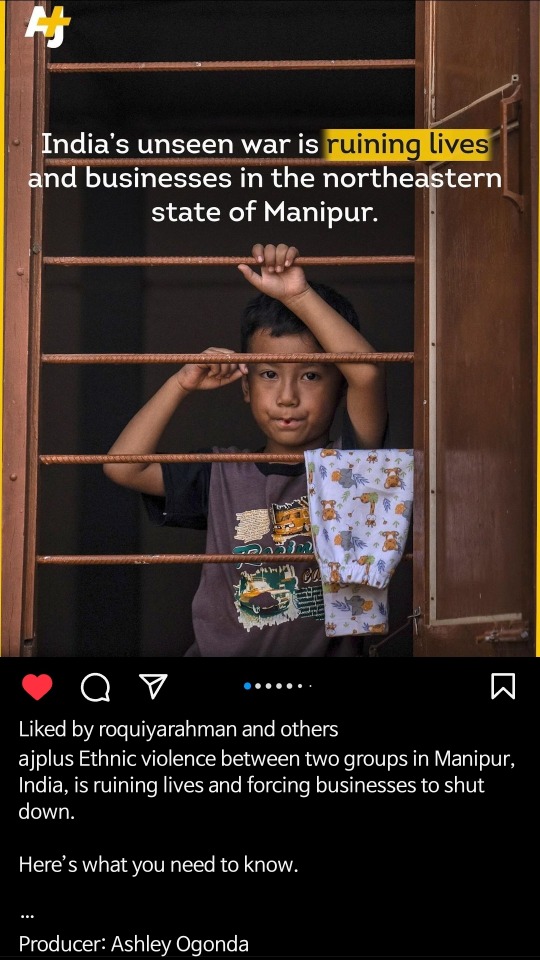
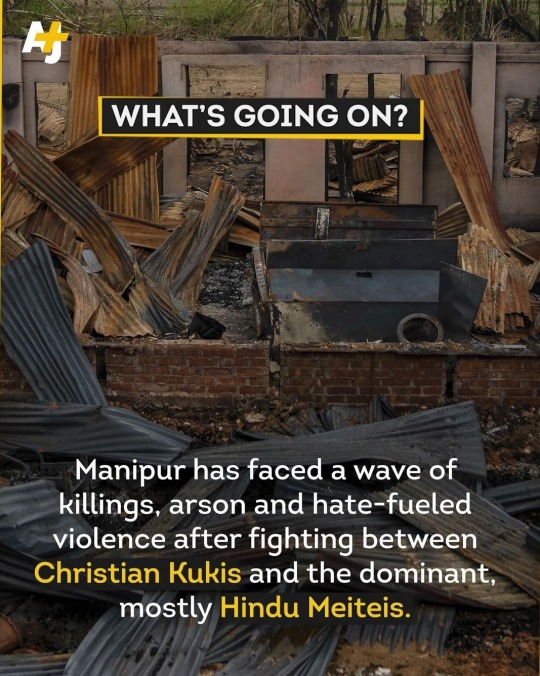

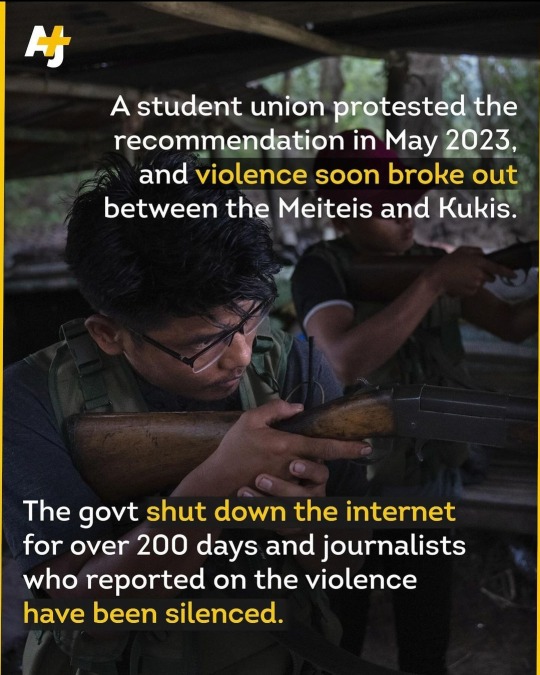


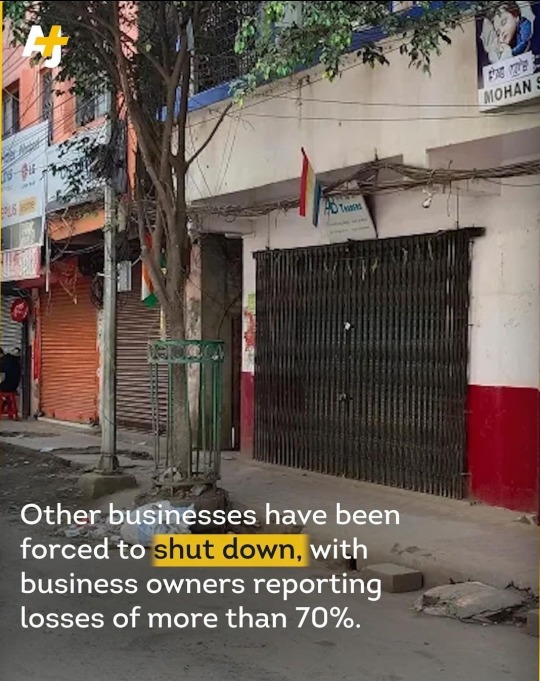

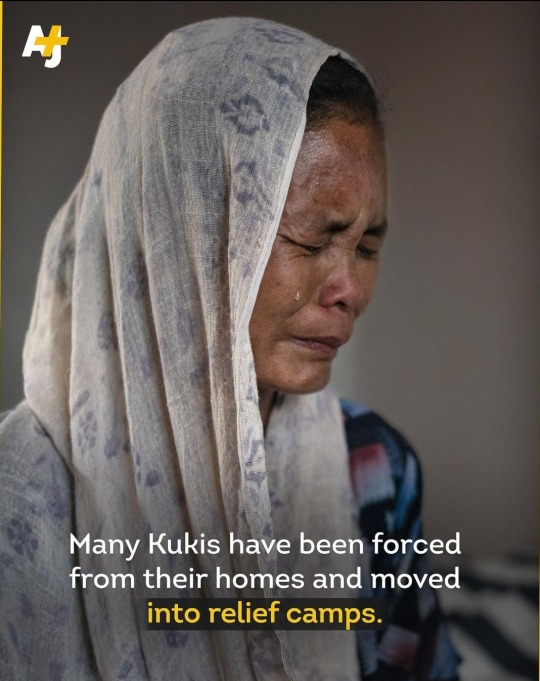

#india#manipur#hindu meiteis#christian kukis#human rights#children rights#womens rights#displacement#displaced#journalist oppression#palestine#Instagram
83 notes
·
View notes
Text
I'm absolutely obsessed with how mythology portrays parent-child relationships, especially when at least one divine party is involved. I've talked about Karna and Arjuna's relationship with their fathers, and how it might tie up to their characters and situations, and the Mahabharata as a whole, but they're not the only ones! Speaking exclusively about father-son dynamics in this post, and we have a lot of them!
You have Yudhisthira, whose father Yama/Dharma shows up in his son's mortal life twice (iirc), gives him a 20 min quiz each time and then tells him that no son, we don't allow dogs in heaven (which, how dare, but we all have that one parent). This is so in line with Yudhisthira's arc, poor man that he is, having to spend his whole life finding answers to questions about righteousness and honour, losing his friends, brothers, wife and children in the process.
Rama-Dasharatha and Ganesha-Shiva are pretty straightforward - there's plenty of mutual love and respect despite the horrors ™️ , but then there is Rama and Luv-Kush. If you're counting the Uttar Kand, then these boys literally saw their mother die because there father could not stop questioning her honour. That has to mess with your head. There's no way it's a happily ever after story.
Another man who interests me greatly is Yayati. Like sir... what were you doing. Who grows old and thinks, "You know what would be great? Me borrowing my son's youth" and then curses them when they refuse? What were you thinking. What were your kids thinking. I need to take your heads apart with a scalpel, this is so incredibly insane. A father should give to his children - the only thing this man "gave" was to spare Puru from his curse.
You have Bhishma and Shantanu, another wild story. I understand that Bhishma chose to give up his birthright to make Shantanu happy, but can you actually tell me Shantanu wasn't at least somewhat interested in the plan? Shantanu is Bhishma's father, it's his job to stop him from doing things like this. I feel like pulling my hair out everytime I think of this. You can tell that Bhishma was afraid for his father's well-being when he made this decision, and that so... unfair.
On the other end of the spectrum are Krishna and Vasudeva, who are wholesome to the point of despair. Vasudeva giving up his everything just to get his boy out of prison?? Waiting years and years for him, but never lamenting or cursing Krishna for not coming fast enough??? That's peak fatherhood (Shantanu take lessons). And Krishna honours that sacrifice!! He comes from idyllic Vrindavan, slays the tormentor of his parents and rips the bars of their prison!!! And that old married couple trapped within those dank, dreary walls, with no one except the other for company, watches their godly son turn up to free them and show them the sky for the first time in more than a decade - the thought of it brings me to tears. Possibly the only part I like about the change from baby!Krishna to adult!Krishna is his reunion with Vasudeva and Devaki!
Oh, and last but not least, our favourite problematic pair: Jamadagni and sons. I'm slightly terrified by how Jamadagni was like "kill your mother for me she's sinful >:(" and when four sons refused, he actually killed them. HIS OWN SONS! Admittedly, in some versions he asks Parashuram to do the killing but like... those are his brothers. Who probably swaddled him and rocked him and fed him and played with him. And all this is presumably happening right in front of Renuka. And then Parashuram has to kill his mother as well, unless he wants to be a heap of ashes.
(In some versions, including the one I've always heard as a child, Parashuram is said to be "aware of" his father's immense power, which just seems to me a really polite way to say that Parashuram knew disobeying his father had consequences ™️ that weren't always right or rational)
Worse, after the killing is done, Jamadagni is so pleased he offers Parashuram a boon, presumably with the remains of the rest of his family still nearby, and when Parashuram asks for his mother and brother to be revived, Jamadagni is all like "ooh actually I got really angry, I think I'm going to renounce rage forever. Dw btw your brothers and mother forgot you killed them you're welcome <3"
Sir??? This is what you got out of the whole issue???? No wonder Parashuram killed a whole bunch of kings, this couldn't have been healthy.
#the best part is that literally all of these fathers are around even today#yama is the father whose exacting nature drives you to ruin#dasharatha and shiva are father's who make wrong decisions but their love withstands their follies#whether or not they make it right#shiva is always THE father though#dasharatha is... human. poorly so.#rama is the father whom your mother forsakes. you bear his presence. you accept his love. it makes you feel guilty#as if you're betraying your kind and gentle mother. but she isn't there. so you take what you can#clinging to the last remnants of warmth. you cannot be left alone.#yayati is the father who takes everything except a 'no'#and when you refuse#he will curse you and loathe you and name you selfish#and give everything to whoever curries his favour the most - a father of syncophants#(and as an added flavour he will blame your mother for it because why not)#shantanu is the father who takes advantage - of your grief your loss your fears and your immaturity#vasudeva is the father who tries: “yes i am far away. but i am with you. always and forever”#and jamadagni is a case of his own - a spectre of rage dressed as an authority and guardian#fatherhood#father son relationship#rama#yudhisthira#yudhisthir#parashurama#jamadagni#yama#hindublr#hindu mythology#ramayana#mahabharata#mahabharat
17 notes
·
View notes
Text
I feel like you are Adharmaraj instead of Dharmaraj, because who tf bets his wife and sister in a game of dice?
———Arjuni to Yudhishthir (at some point, probably)
#arjuni#arjuna#mahabharat#mahabharata#mahabharata quotes#hindublr#desiblr#incorrect mahabharat quotes#arjun#female arjun#she ie right#true true#desi tumblr#hindu tumblr
22 notes
·
View notes
Text
Genuine question for the upper caste people in desiblr. Why do you think "caste is in the past"? Everytime I have seen someone confidently proclaiming that caste is a problem of a bygone era it is always a UC. You guys don't live our reality. You guys don't know the first thing about what it is like from our side. So why do you feel comfortable speaking for us? Would you like it if a British person were to proclaim that colonialism wasn't actually so bad? No? Then why is it different for us?
#rant#original post#casteism#caste#caste violence#dalit rights#india#not incorrect quotes#desi tumblr#desiblr#desi#desi tag#dalit#british colonialism#colonialism#hindublr#hinduism#hindu
197 notes
·
View notes
Text
Tw
R@pe of more than 30 hindoo women reported in one day.... Rest are unknown...

#hindu genocide#hindublr#hinduphobia#hinduism#desiblr#islamist#islamic jihad#savehindus#tw abuse#bangladesh student protests#stop genocide#india#bangladesh#bangladeshi hindus#save bangladeshi hindus#women rights#feminism
10 notes
·
View notes
Text
Idc what is happening with the CE fandom now, but I read something on a page and wanted to set the record straight, and not spread misinformation.
THIS is a swastik, an important symbol in Hindu, Buddhist and Jain culture.
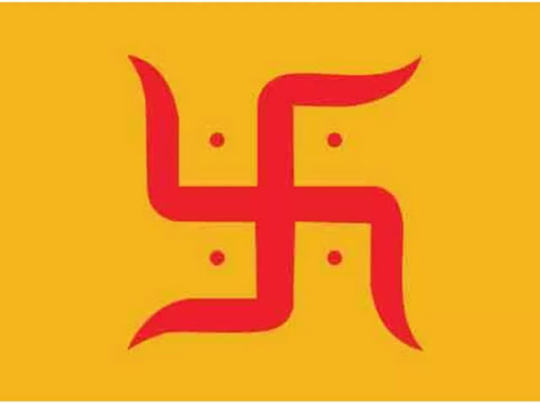
In Hinduism, the right-facing symbol (clockwise) (卐) is called swastika, symbolizing surya ('sun'), prosperity and good luck, while the left-facing symbol (counter-clockwise) (卍) is called sauvastika, symbolising night or tantric aspects of Kali.
The symbol used by the N*zis is termed the "Hakenkreuz."
Please get your terminologies correct and avoid misnomers. In Hinduism, it has positive and pious connotations, and was appropriated by the Germans for their evil agenda.
This post is not meant to target anyone in particular, but i'm tired of the Western world getting it wrong and in the bargain marring our cultures and symbolism, for no good fault of ours.
21 notes
·
View notes
Text
i'm an atheist but i should be free to curse (or call upon) Heaven in a Taoist sense all i want
#sorry but atheists who go on western anglophone internet spaces and complain about 'expressions of ALL religions' can fuckin eat me#like grow up. do you think random buddhists or hindus or jewish or muslim bloggers are oppressing You right now? on tumblr???
13 notes
·
View notes
Text
I went for Sundarkand in the local Hanuman mandir and I almost cried because as I was chanting Ram Siya Ram Siya Ram Jai Jai Ram, I realised so many things.
So many people died because they chanted Ram Siya Ram. So many people were killed in a temple gathering. So many people, men and women both, were raped simply because they were Hindu, even if they were dead or alive. So many people were brutalised because they wore a janeu or a kalawa. So many temples were looted, raided and torn down, simply because they held wealth or even housed gods. So many idols of our gods were broken, in the very temples, for petty and vicious purposes.
#desiblr#suffer ye suhana nahi#desi tumblr#hindublr#hindu lives matter#the sheer atrocities that have been committed against us#Prabhu is returning home and thats the only thing that has come good to us#and even that is because we pleaded for our right to return to us
24 notes
·
View notes